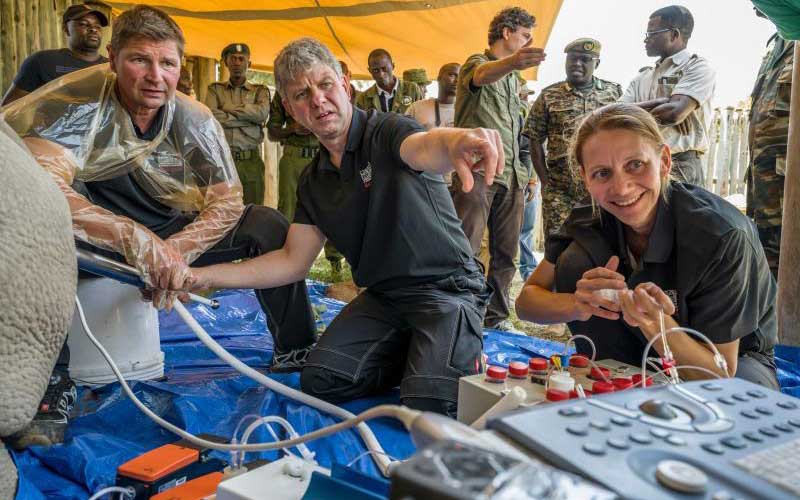×
The Standard e-Paper
Truth Without Fear

Fatu, one of the last surviving northern white rhinos, undergoes ovum pick-up. With only two left worldwide, there's a race against time to try to sustain the subspecies. [File, Standard]
The race to save the majestic northern white rhino from the verge of extinction is looking more hopeful.